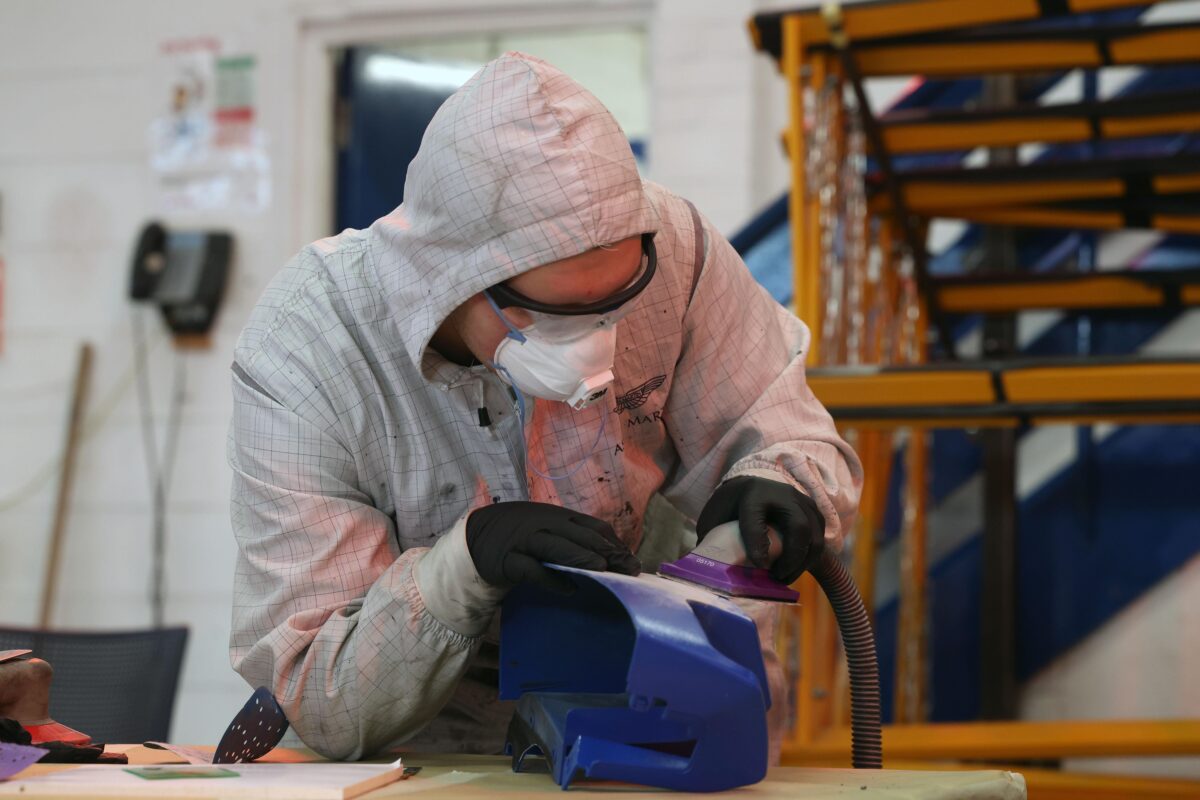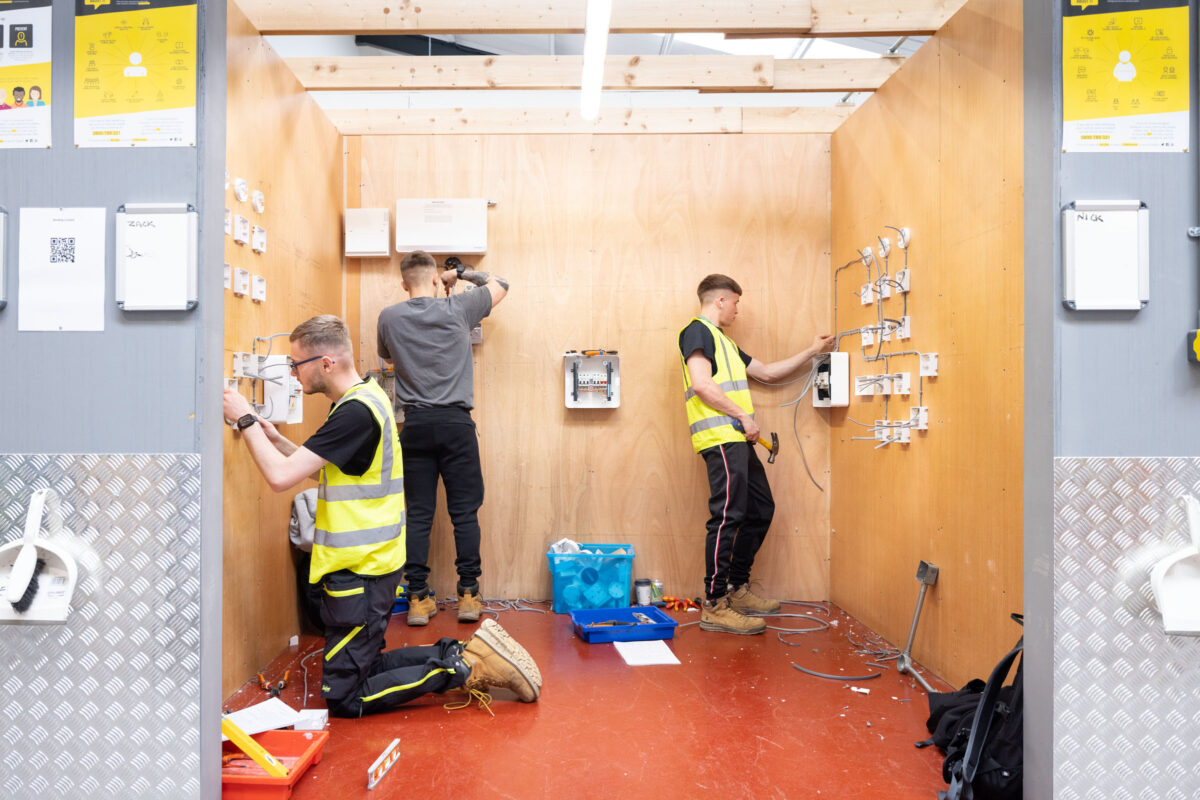Think like a hospital when it comes to protecting pupils and staff this winter

Rewind two years and the world looked very different.
Daily lateral flow tests, strict social distancing, face coverings and, when schools could be safely opened, windows opened in classrooms across the country to prevent the spread of Covid.
That now feels like something of a bad dream, as do the images of children and teachers swaddled in hats, coats and scarves, attempting to learn whilst letting in the bitter cold of winter in an (sometimes futile) effort to ventilate the classroom.
Those days are now behind us, hopefully forever.
But whilst Covid may have lost some of its lethal potency, it remains a threat to our schools. And the likes of flu and other respiratory pose even more of a risk than normal given we’ve not been exposed to them in the same way during the pandemic.
We might not be the realm of hospitalisations anymore, but we are at risk of a supremely disruptive winter in which swathes of the population are laid low with respiratory infections an unpleasant individual experience and a damaging one for any organisation if it’s experiencing high rates of sickness absence.
It’s a level of disruption that pupils can ill afford after school closures during the pandemic, home learning not being the equal of being in the classroom despite the best efforts of their teachers. And it’s hugely challenging and potentially expensive when considering the costs of arranging temporary cover for schools if a significant percentage of teaching and estate staff are off sick.
That doesn’t and shouldn’t mean we revert to all the behaviours we were forced to adopt during the pandemic. This isn’t an argument for strict distancing and the return of face coverings. But the impact these infections can have mean that, even though we’re not in the same place as two years ago, we can’t simply abandon all the measures that were put in place.
Protecting pupils and staff this winter
Schools can and arguably need to learn from the best practice of hospitals and healthcare settings that, by definition, are continually working to mitigate the risk of infection. Not in all aspects, of course, but certainly when it comes to issues around ventilation, cleaning and disinfection.
Evidence shows the importance of ventilating indoor spaces to preventing the spread of respiratory infections. This is, after all, why we were required to spend so many moths apart at the peak of lockdown and, even when circumstances marginally increased, restrict our interactions to the outdoors.
Opening the windows is better than nothing, but effective infection prevention ideally requires a change of air three or four times an hour, which simply can’t be delivered from outside. Where schools have financial resources available, they are more likely to reduce the risk of infection by ‘mechanical’ ventilation in the form of air filtration units.
Even then, ineffective machines won’t help and waste money. So the answer is in clinical grade devices those shown to be of a HEPA-14 standard.
The other are that can make a real difference, as it does in the NHS, is surface cleaning and disinfection- eradicating the pathogens that lie in wait on tabletops, work surfaces and the objects we frequently touch. Here, the focus for schools must be on two things- making sure they’re using effective products and following what infection prevention experts describe as the ‘principles of cleaning.’
The products used by schools should be able to substantiate the claims about the viruses the protect against. These claims should be proven through laboratory testing and the wipes or sprays should be able to provide that evidence on their packaging. And the ‘principles of cleaning’ are straight forward- go from clean to dirty and do so in an ‘S’ shape.
These are small and relatively easy to implement measures schools need to be practicing this winter. Doing so can avoid a world of disruption.
By Dr Phillip Norville is the clinical and scientific director at GAMA Healthcare.











Responses